Cold porcelain roses: manufacturing features

Cold porcelain roses do not require special skill; even a novice needleworker can make them with their own hands. There are several methods for working with cold porcelain. This is a very interesting process. It is enough to study a detailed master class for beginners, where each stage is analyzed step by step.
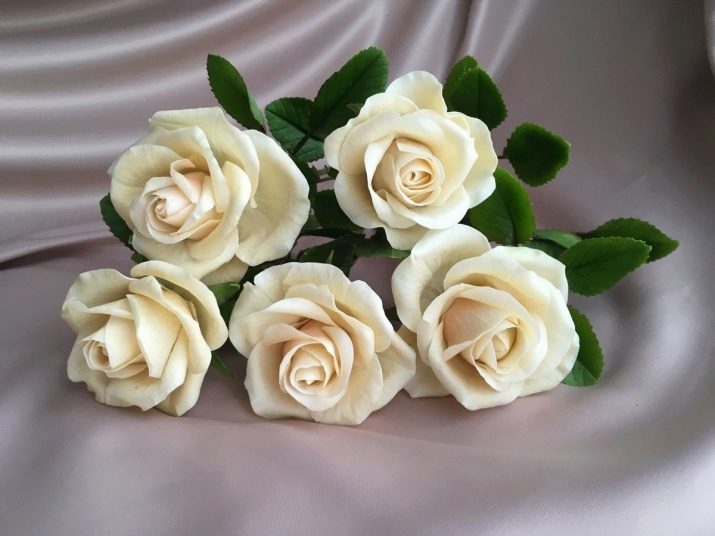
Cold porcelain - what is it?
By the name, we can conclude that it has some similarities with porcelain, however, the cold type has some advantage - it dries on its own without heating. This material can be used to make floristic compositions of unprecedented beauty. The most popular are orchids, lilacs and roses. The texture of the material is very pleasant and comfortable to work with, the manufacturing process itself is quite simple.
You can purchase materials at any creative supermarket. It is quite possible to make cold porcelain on your own; there are several recipes that are available to everyone. You can create stunningly beautiful flowers with your own hands that will hardly differ from natural ones.
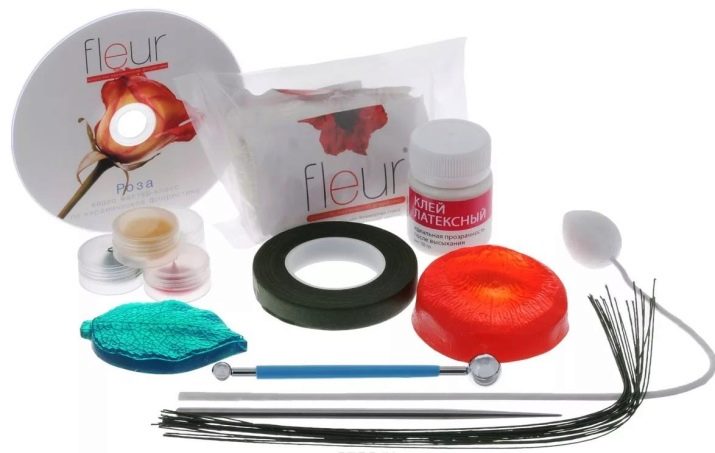
Cold-type porcelain is excellent for sculpting. You can create compositions that decorate a variety of objects:
- bouquet for the interior;
- photo frame;
- caskets.
Original wedding bouquets are becoming very popular. Porcelain flowers look great in the interior and will be a great gift for people who value beauty.


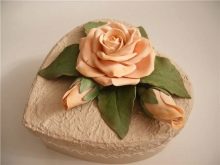
Components
First of all, it should be noted that the ready-made mass is available for purchase at any store for needlewomen. Self-preparation will not cause much trouble, since the ingredients are readily available.All recipes are similar to each other. You will definitely need starch, potato or corn starch. Most often, corn is used, as it ultimately gives a more aesthetic shade and a high degree of plasticity. There is no difference in quality. In addition to starch, you must prepare:
- PVA glue (D1-plasticizer);
- water;
- cream of oily texture;
- citric acid;
- glycerin, petroleum jelly, etc.
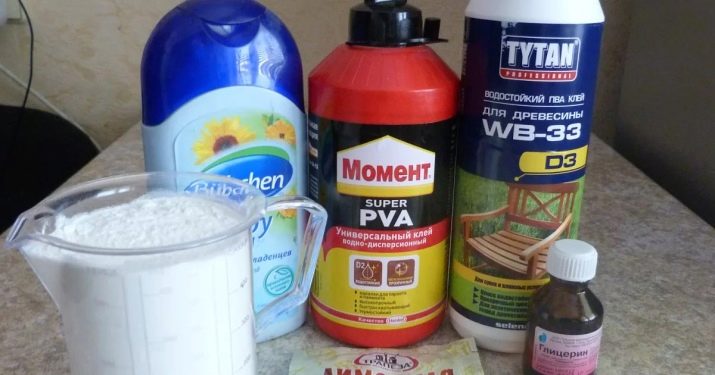
Various manufacturing methods are offered:
- boiling the mixture;
- kneading without boiling.
Manufacturing material
We offer you the most popular methods for preparing porcelain.
No boiling method
You will need:
- liquid paraffin - 2 tablespoons;
- starch - 4 tablespoons;
- soda - 5 tablespoons;
- watercolors of the desired colors;
- PVA glue - 70 ml;
- hand cream;
- net capacity.
Cooking algorithm:
- in a container wiped dry, combine oil and starch;
- wipe them properly, then add soda, stir;
- introduce glue little by little;
- the mixture should stretch, be thick enough, soft, plastic;
- smear your hands with cream and rinse the mass until it is completely homogeneous;
- before making a flower, you need to paint over the material with watercolors, lip gloss, pastels, cocoa;
- think over how much mass you need for certain parts, divide;
- inject dye into each piece, rinse.
Store the mass closed: in a jar, bag, otherwise it will dry and crumble. If the packaged mixture dries up, add a little cream to it and mash.
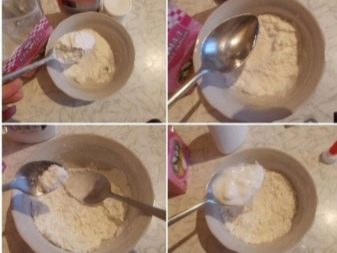
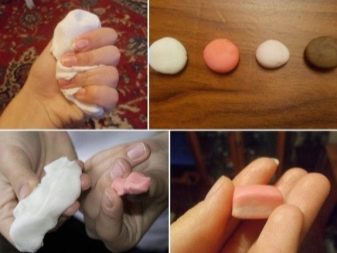
Cooking method
If you decide to use the more complex method of boiling down the mass, you will get a mixture almost identical to the one sold in the store.
You will need:
- glue with a plasticizer;
- corn or rice starch;
- fat cream;
- Johnsons baby oil;
- lemon acid.

Algorithm of action:
- take 100 grams of starch and glue;
- put a saucepan with a thick bottom on low heat;
- measure out 4 more tablespoons of starch;
- add glue, ½ teaspoon of cream, ¼ teaspoon of acid, one spoonful of oil into the pan;
- the mixture must be constantly stirred until the cream dissolves and bubbles appear;
- add half of the starch, stir, add the rest;
- without stopping kneading, we form a lump in the center;
- after it stops sticking to the spoon, the material is ready.
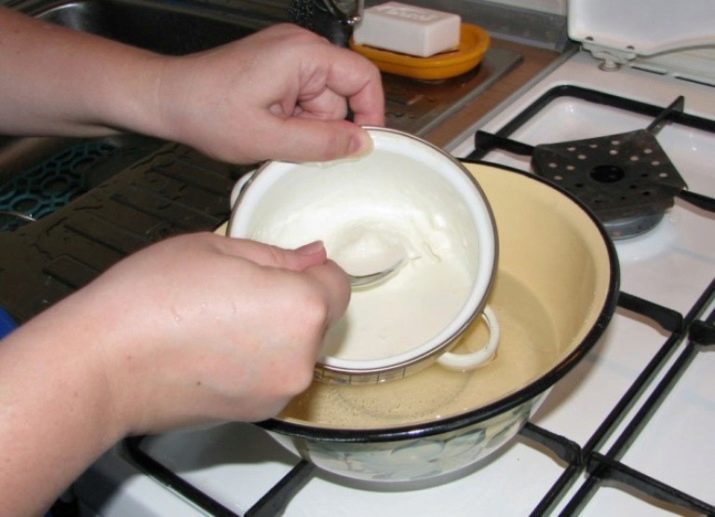
Sprinkle starch on the board or table, lay the material until it cools. Spread your hands with a greasy cream, knead the mass. She should be flexible, wrinkle well.
The shelf life of such porcelain is 30 days in a package.
Materials and tools
To make roses from cold porcelain, you need to prepare the following tools:
- bulki with balls of different sizes;
- rolling pin;
- tweezers;
- scissors;
- pliers;
- wire;
- PVA glue;
- acrylic-type paints and varnish;
- wet wipes.
It is very important that the table is clean, and you also need to keep your hands clean, since every tiny particle of something will stand out very much and make the composition look sloppy.
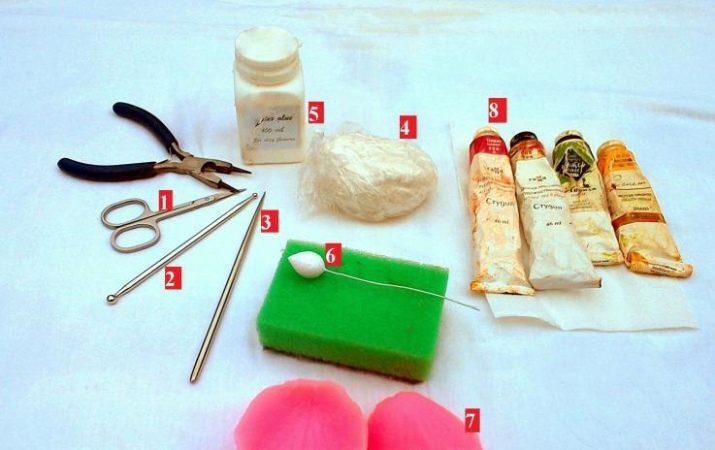
Master class for beginners
You will need:
- cold porcelain in shades of green and snow;
- florist's wire of different sizes - for the stem and cuttings;
- fat cream;
- forms for foliage;
- tape-tape;
- PVA glue - 1 bottle;
- foil, napkins;
- curly knife;
- brush.
Manufacturing algorithm:
- smear hands and tools with cream, repeat this in the process as needed;
- we take a thickened wire, attach a napkin soaked with glue to it, that is, we create a basis for the stem and core;
- we separate the pieces from the porcelain, form balls, roll them out with a gurgle, all the details should be thin and graceful;
- remember that it is better to make the petal too thin than thick, the torn edges will look more natural than thick;
- apply glue to the edge of the petal, press it against the core napkin;
- create the rest of the petals using the same type and fix;
- arrange them in a circle so that they slightly overlap one another;
- form the petals taking into account the chosen size of the flower, arrange them depending on whether it is a bud or an already blossoming rose;
- after the petals, a sepal, stem, leaves are created;
- foliage is attached from the bottom upwards, while creating a base;
- foliage is created in the same way as a petal, only it is not kneaded by hands, but cut out in shape;
- the leaves are attached to the handle three at a time, then to the stem;
- the handle is made of wire coated with porcelain mass;
- the products are dried for about a day.
Acquisition of forms is not a prerequisite, you can create an incredibly beautiful composition, acting with only one fingers. If you need to create a small rose, use a pin with a bead:
- form balls according to the number of petals:
- roll it out with a bead;
- glue the petals to the pin at the top.

How to create different shades?
Can be used:
- oil paints;
- food colorings;
- pastel.
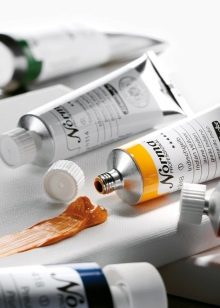
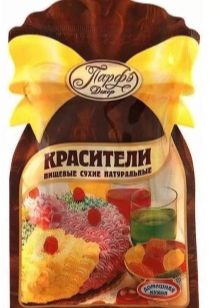

Immediately after creating the mass, add the pigment and mix. The rosette can be protonated after production. You just need to apply food coloring with a cotton swab to a dry rose. This will add saturation, juiciness to the shades. You can create smooth gradient color transitions using oil-type paint.
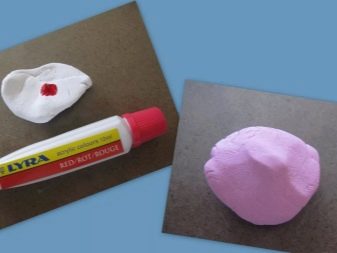
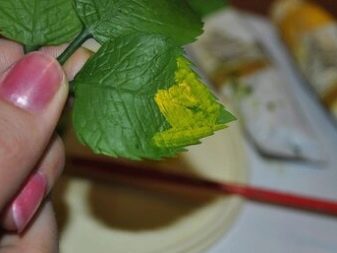
Care
In order for the flower arrangement to delight you for many years, you need to provide competent care for it:
- products are afraid of moisture, therefore, long exposure to water on the subject must be excluded;
- the products are quite durable, but over time they can break down if the mechanical effect is not limited;
- wipe cold porcelain only with a dry cloth, brush;
- temperature differences do not affect the quality too much, with the exception of very low indicators: in the cold, the product becomes less durable.
A master class on creating roses from cold porcelain awaits you further.






